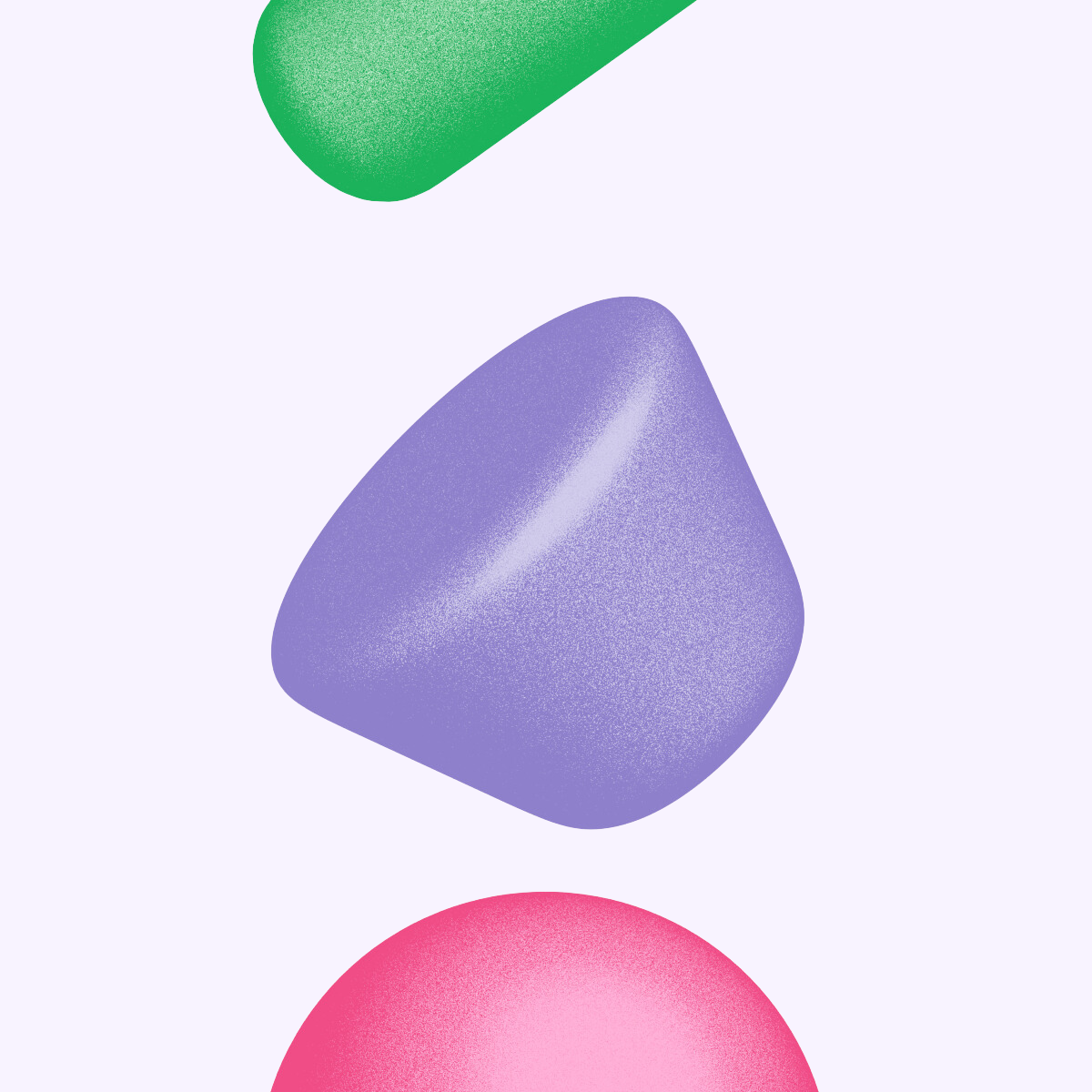How do I grow my brand?

- Brand growth is the expansion of a brand’s presence and market share over time.
- You’ll need to invest in both brand and performance marketing to grow – performance marketing captures existing demand, whereas brand building creates future demand.
- On average, studies recommend that most companies start with a 40% performance/60% brand split, but you can use our budget calculator to get a more tailored ratio for your brand.
A strong brand isn’t built overnight – it takes time and consistency to paint the picture in people’s minds. Think about your relationship with any of your favourite brands: Apple, Disney, McDonalds… It’s likely your journey with them started a long time ago.
Sign up to Shorts
For fortnightly brand insights, stories and goodness that'll help you win (we promise).
Brand growth is the expansion of a brand’s presence and market share over time and should be a joint effort from marketing as well as every other area of the business. You’ll all want to be on the same page to encourage a consistent brand experience.
One way of measuring brand growth is through a tracker that monitors long-term brand health (and not just shorter term advertising campaigns, that are unlikely to shift the dial on your metrics).
At Tracksuit, we do that by surveying people to gather data on your brand’s marketing funnel and customer perceptions.
What is the marketing funnel?

Most marketers will have had some interaction with the marketing funnel concept – a way of visualising the journey people go through from knowing what your brand is, to considering it, to using it, to preferring it.
We think the funnel is the best set of metrics to measure brand growth.
In a nutshell: we track how many people are at each stage of the funnel, so that you can tell whether your brand is growing, stable or declining, and also provide some insights as to where to focus your efforts.
OK, got it. Now how do I grow my brand?
You are likely familiar with the tensions between performance marketing and brand building – both as important as each other when thinking about how to achieve overall growth.
Performance marketing captures existing demand and includes things like pay-per-click advertising, social media advertising or email marketing. You’re wanting to get an immediate return on investment and drive sales from those already in your market.
Brand marketing focuses on creating Future Demand, communicating emotionally to promote messaging, identity, values. You can use channels like out-of-home advertising, radio, or community building using influencers, for example.
In order to grow your brand, you have to invest in both these activities.
Studies have shown that brand growth requires a long term commitment and consistent investment in brand building activity. It’s advised by marketing effectiveness brains like James Hurman that brand builders are better to spend their budget over sustained periods of time, rather than short bursts of intense activity – this applies to both big and small budgets.

The age-old question: performance vs brand marketing budget split
OK, so now you’re all in on both performance and brand marketing – how do you work out the budget split between the two?
It’ll depend on lots of things, but, generally, marketing effectiveness experts suggest:
- First year of business: 65% performance marketing, 35% on brand
- Early growth stage: 43% performance marketing, 57% on brand
- Mature: 38% performance marketing, 62% on brand
- Leader: 28% performance marketing, 72% on brand
TLDR: On average, start at 40% on performance, 60% on brand.




